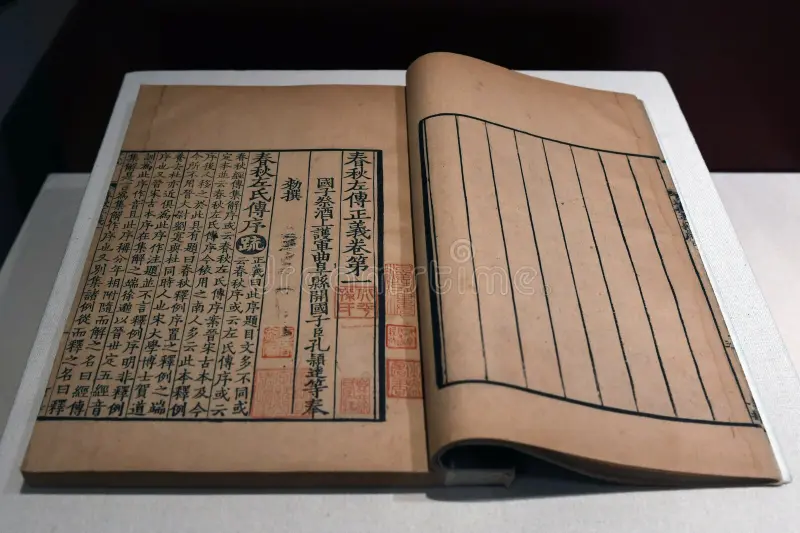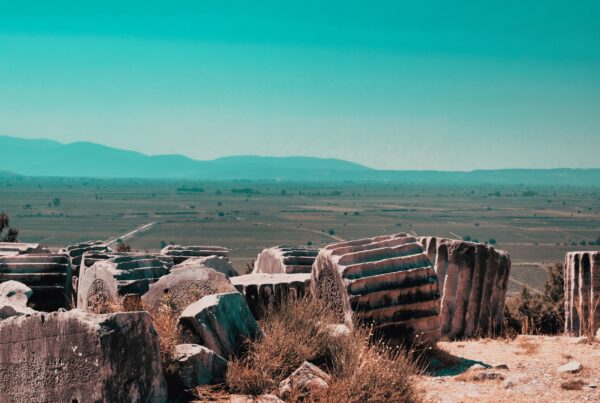For those exploring the universality of scripture, the idea that the Bible is a purely “western book” written only for a western people is challenged by extraordinary evidence found within the world’s most ancient continuously used language: Chinese. This remarkable presentation suggests that God’s message of salvation is deeply embedded in the ancient pictographic characters used to develop the Chinese written language, a tradition stretching back to the greatest antiquity.
The Universal Connection: Babel and Migration
The source material draws a strong link between the earliest stages of Chinese writing and the narrative found in the Book of Genesis.
- Ancient Origins: The Chinese language dates back around 4,500 years. The invention of Chinese writing, using pictographic characters by the Longshan culture (3000–2000 BC), aligns closely with the biblical timeframe of the scattering from the Tower of Babel (between 2,300 and 2,200 BC), an event that divided the nations.
- The Great Walk East: The ancient Chinese character for migrate provides powerful evidence of this connection. It is composed of four basic pictograms: great, division, West, and walk. This combination fully matches the Genesis account (Chapter 11) where the great division at Babel, which took place in Mesopotamia (west of China), triggered a great walk eastward to populate what is now China.
Creation, Eden, and the Fall in Pictograms
The composition of various ancient characters appears to directly mirror the events of Genesis chapters 2 and 3:
| Chinese Character | Pictograms Composing It | Genesis Parallel |
|---|---|---|
| West | one, person, and enclosed or Walled Garden | God formed Adam (one person) and placed him in the special enclosed Garden of Eden, which lies west of China. |
| Talk (Speech) | dust, breath or mouth, and alive | God breathed into man the breath of life (alive) and he became a living soul (one that breathes), though made inherently of the dust of the Earth. |
| First (Man) | dust, man, and alive | This reflects the initial creation of the first type of man (Adam). |
| God (Purpose) | reveal, man, and garden | God’s purpose was to reveal His nature to the man whom He formed and placed in the garden. |
| Want/Desire | West (one person in enclosed garden) and woman | This fulfills Adam’s desire for an “help meet” (compatible partner) in the Garden of Eden. |
| Forbidden | two trees and command | This summarizes the Edemic Covenant where God commanded Adam not to eat of one of the two principal trees in the garden (the Tree of the Knowledge of Good and Evil), forewarning of death if he disobeyed. |
| Devil/Satan | life or motion, secret or private, garden, and man | This appropriately describes how Satan entered the garden by stealth and subtlety. |
| Covet/Desire (Sin) | two trees and woman | The woman (Eve) was tempted by Satan and coveted or desired the forbidden fruit from the two trees. |
| Sorrow | ancient and weeds | Following the consequence of disobedience, the Earth brought forth thorns and thistles (weeds) instead of fruitful yield, leading to sorrow. |
The Redemptive Plan: Righteousness through Sacrifice
The ancient characters continue the narrative, pointing toward the ultimate message of the Gospel:
- Me (Death) is composed of hand and spear or Lance. This illustrates that death is a consequence of sin (disobedience) against God’s command, affecting every person (“for you and for me”).
- Righteousness is formed by combining sheep and me. This parallels the Bible’s teaching that God would send His Son, Jesus Christ, as the perfect Lamb of God (the sheep) to shed His blood on our behalf, securing reconciliation back to God.
China’s Ancient Knowledge of the True God
The progenitors of the Chinese people likely migrated from the Mesopotamian region, bringing with them spoken traditions and acquaintance with the one true almighty God.
Historically, the Chinese people knew of the one true God from ancient times (second millennium BC) and recognized that sacrifice was required for reconciliation. During the first three dynasties (Xia, Shang, and Zhou), they worshipped the supreme god, Shang Di, making a yearly sacrifice called the “sacrifice at the border”. Even today, the Temple of Heaven in Beijing is dedicated to this supreme God and contains no idols.
In conclusion, the inventors of the ancient Chinese characters possessed an intimate knowledge of the events recorded in the early chapters of Genesis—detailing creation, the fall, and the promise of eventual redemption. The gospel message, preserved in these characters for 4,500 years, bears witness to the power and providence of the God of the Bible, whose message is truly universal.




